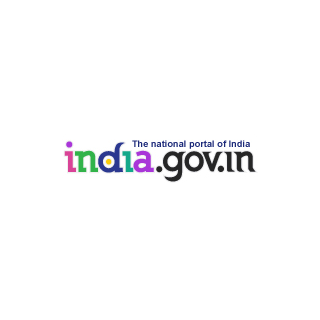This Discovery Service is created to help in finding free educational resouces from trusted sources. You can also search also individual web resources under each subject category.
-
- Share This
- Rating
-
- Share This
- Rating
There are three types of members: Reading Room Member, Lending Member and Daily Card Member. The library has separate reading rooms in all the four buildings. Apart from these, each Indian and foreign language division, Foreign Official Documents, Rare books, Maps and Prints, Science and Technology division, and Asutosh Collection are divisions that provide reading facilities. Special seats are provided to accredited scholars in the Main Reading Room.
-
- Share This
- Rating
The National Library of India is an institution which is responsible for collecting, bibliographically recording, preserving and disseminating the nation's cultural heritage. It provides information on practically all branches of knowledge and functions as a centre of coordination, planning and stimulation of the country's library system.
-
- Share This
- Rating
Calcutta Public Library had a unique position as the first public library in this part of the country. Such a tidy and efficiently run library was rare even in Europe during the first half of the nineteenth century. Thanks to the efforts of the proprietors of Calcutta Public Library, the National Library has many rare books and journals in its collection.
-
- Share This
- Rating
The Computer division was established in 1988 to assist in the modernisation programmes of the library. It started with a Mini Computer- HP 3000. MINISIS, a RDBMS software was installed for bibliographic control activities.
-
- Share This
- Rating
One of the basic functions of the National Library, India is to preserve the printed documents for future generations. For this purpose, the Library has separate Divisions for physical, chemical, reprographic and digital preservation of documents.
-
- Share This
- Rating
Information Technology led transformational impacts has been reshaping every walk of our lives. Digital India, flagship programme of the Government of India, has a vision to transform India into a digitally empowered society and knowledge economy. e-Governance in India, aligned to the Digital India programme, has enabled delivery of government services online, i.e., e-services, across the nation in every spectrum of the socio-economic sphere. In order to further boost the e-government endeavors at all levels of governance and also to embark on the journey for Digital Government excellence...
-
- Share This
- Rating
The National Cadet Corps is headed by a Director General, an Army Officer of the rank of Lieutanant General, who is responsible for the functioning of the National Cadet Corps in the country through the parade.National Cadet Corps Headquarters situated at Delhi.
-
- Share This
- Rating
The Risk Analysis course introduces the concepts, methods and tools to assess hazard, vulnerability, risk and the impact associated with earthquakes and floods. It demonstrates how risk analysis is applied to formulate disaster risk reduction policies. It introduces tools and models used to assess disaster impact, both direct and indirect, and methods to quantify it for earthquakes and floods. As a result, participants of this course will be able to judge and appreciate the information presented in risk maps.
-
- Share This
- Rating
The Risk Sensitive Land-use Planning course was developed by the World Bank Institute in collaboration with the Earthquakes and Megacities Initiative. It aims to demonstrate the benefits of incorporating disaster risk reduction objectives in land use planning, presents the process involved in integrating disaster mitigation with local land use management, and illustrates the advantages of this integrated approach using specific examples.





